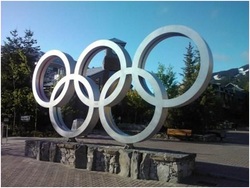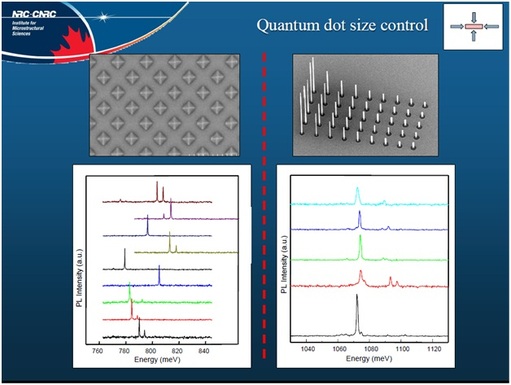
We have a guest contribution today from Brian Cronquist, our VP of Technology. Brian reports on his trip to Whistler, Canada, for the CMOS Emerging Technologies Workshop.
Stanford professor Krishna Saraswat opened the conference with a plenary talk on Germanium and all the great work his group and others have been doing to utilize the higher mobility of Ge to help push out transistor scaling. But there are many issues still remaining with Ge transistors and fighting the inertia of the silicon world is a steep hill to climb. There were many many papers on nanowires as a solution, whether composed of heavily doped Si, un-doped silicon, or III-V elements and compounds. However, but they all had difficulties with control, yield, and interconnect….the usual suspects. (Note: copies of presentations can be had on the website [CMOS-ET 2011 papers], or, if not posted, email the authors using their addresses in the program. [CMOS-ET2011 Program]
It was also amazing at how far quantum dots have come in a few short years, though still a researchy thing. Dan Dalacu of the National Research Council of Canada gave a great in-depth and detailed talk on how well they can control the many aspects of quantum dots and photonic crystal integration into nanopyramids.
Stay tuned!
See you at SemiconWest [SWest #5585] this coming 12-14 July.
PS: Next blog, I will talk about what Stanford Professor Fabian Pease had to say about 3D-IC to a packed room at Whistler…..btw: here’s what I talked about at Whistler… [Cronquist Whistler 16 June 2011]













 RSS Feed
RSS Feed